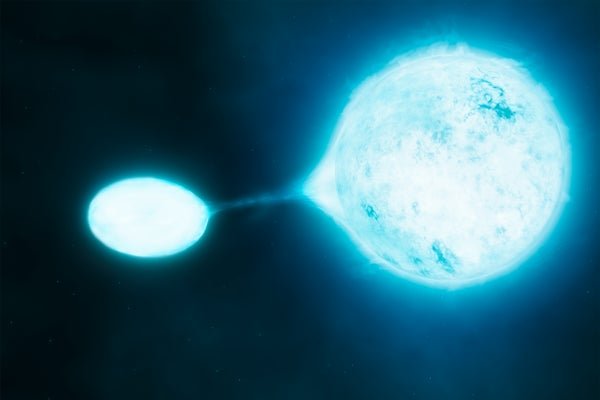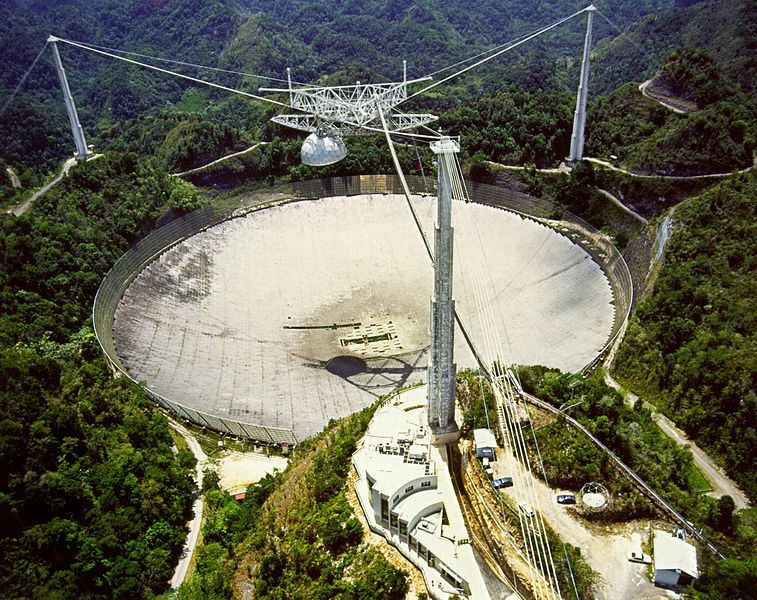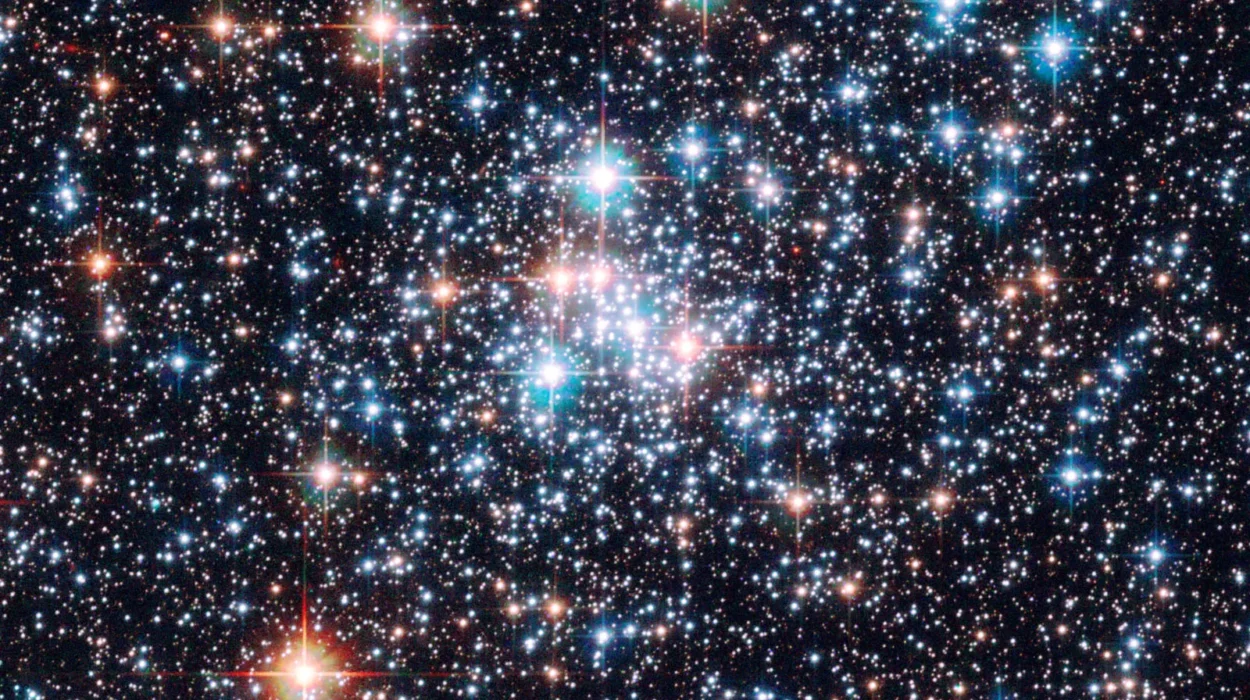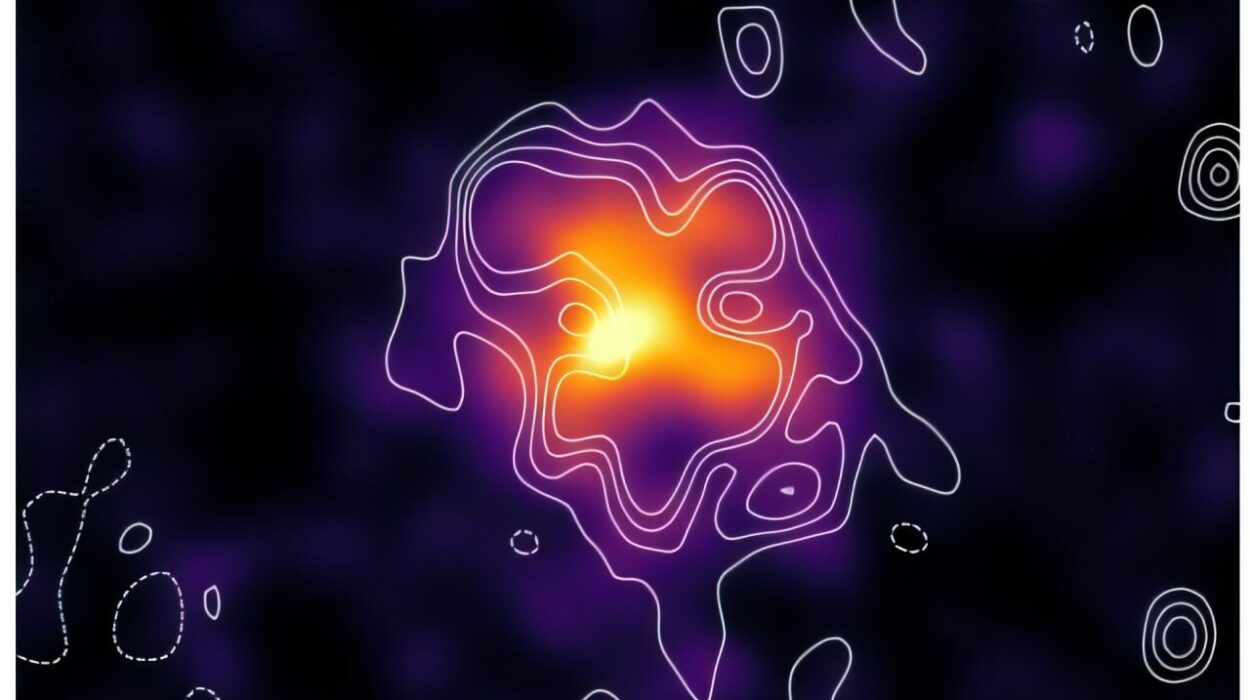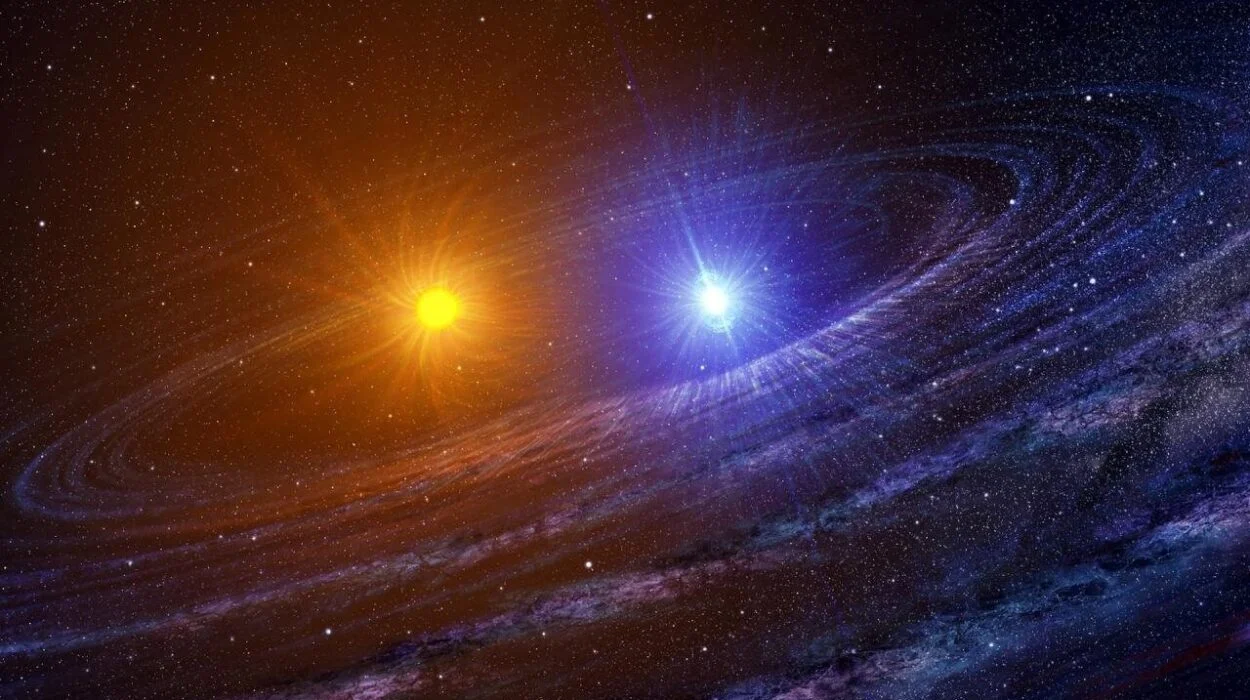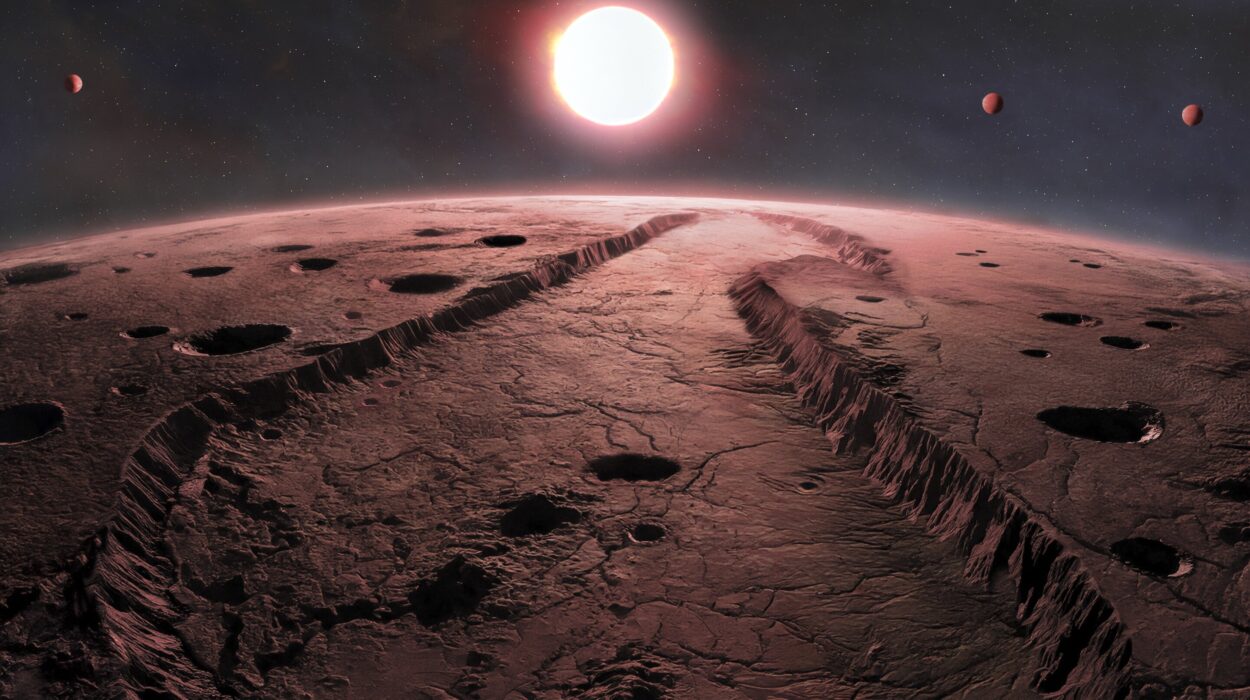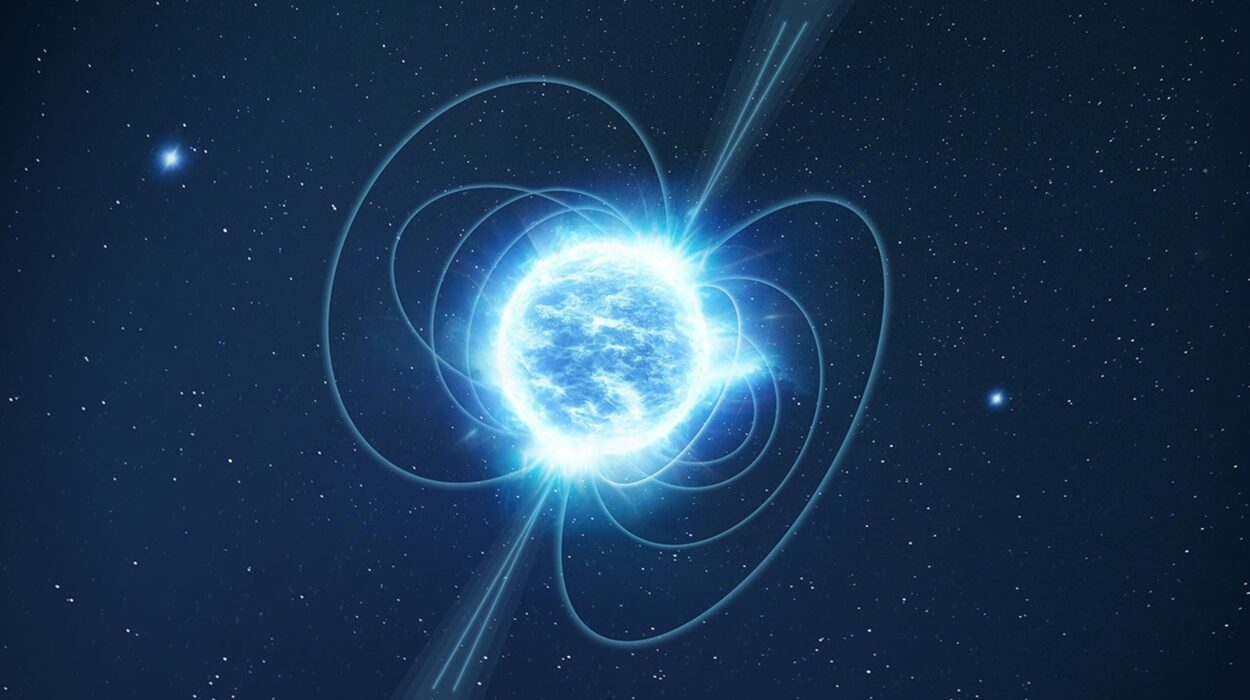Deep in the vast blackness of space, where the rules of life and death play out on scales beyond human comprehension, stars—those brilliant beacons of light—engage in behaviors that seem more suited to myths and horror stories than the precise equations of astrophysics. In this cosmic theater, some stars are not the solitary, benevolent giants we imagine them to be. Some stars are predators. They hunt, devour, and consume their stellar neighbors in acts of cosmic cannibalism.
This is Stellar Cannibalism—an extraordinary astrophysical process where one star feeds on another. It’s not just a poetic metaphor. These are real, violent interactions in which stars literally siphon off mass, shred their companions, and in some cases, entirely obliterate them. What’s left behind are strange, distorted, and often deadly remnants: black holes, neutron stars, white dwarfs, and sometimes stars that have been stretched and disfigured into unrecognizable forms.
In this exploration, we’ll journey through the life cycles of stars, learn how close companionship can turn deadly, and marvel at the raw power of these cosmic feasts. We’ll explore how stars can become cannibals, why they do it, and what bizarre and breathtaking consequences follow when a star turns on its own kind.
Understanding the Stellar Playground
Stars: Born in Clouds, Living on Borrowed Time
Before we talk about stellar cannibalism, we need to understand what makes stars tick. Stars are born in vast clouds of gas and dust called nebulae. Over millions of years, gravity pulls this matter together until it forms a dense core that ignites nuclear fusion. This process converts hydrogen into helium, releasing enormous energy that we see as starlight.
For most of a star’s life, it’s a stable balancing act: gravity pulls inward, and the energy from fusion pushes outward. But stars don’t live forever. How they die depends on how massive they are. Some die gently, becoming white dwarfs. Others explode in cataclysmic supernovae, leaving behind neutron stars or black holes.
But stars often don’t live alone. Many stars exist in binary or even multiple star systems, gravitationally bound companions whirling around each other. It’s here, in these close relationships, that the seeds of cannibalism are often sown.
Binary Star Systems – Close Encounters of the Deadly Kind
Why Do Stars Share Space?
It turns out that most stars in our universe are not solitary. More than half of all stars exist in binary systems, where two stars orbit a common center of mass. Some are wide binaries, separated by great distances where they live relatively independent lives. Others are close binaries, locked in tight gravitational dances where they can influence—or even destroy—each other.
In these close quarters, a star’s evolutionary path doesn’t always follow the script of a lone star. Instead, gravitational tides, mass transfer, and physical collisions can dramatically alter their fates. If one star evolves more quickly and expands into a red giant, it can reach out and spill material onto its companion. Sometimes, this exchange is mutual and balanced. Other times, it becomes an all-consuming act of stellar cannibalism.
Roche Lobes: The Invisible Boundaries of Cannibalism
Every star in a binary system has an invisible gravitational domain called a Roche lobe. If a star expands too much and spills over its Roche lobe, its material can fall onto its companion. Imagine two soap bubbles touching; if one grows too big, it bursts into the other.
This overflow can trigger accretion, where the gainer star collects material from its partner. Depending on the dynamics, this can lead to steady feeding, explosive mass transfer, or even complete destruction.
Types of Stellar Cannibalism – Cosmic Crimes of Passion
1. Vampiric Stars: Stealing Mass from a Companion
The simplest form of stellar cannibalism happens when one star steals material from another in a process known as mass transfer. A classic scenario involves a binary pair where one star ages faster, becoming a swollen red giant. As it expands, its outer layers can flow toward its companion, which siphons the mass and grows fatter and brighter as a result.
The donor star, now drained of its gas, may shrink into a white dwarf, becoming little more than a dead cinder. Meanwhile, the accreting star might become anomalously massive, sometimes even rejuvenated into what’s called a blue straggler—a star that appears younger and hotter than others in its cluster because it’s been refueled by its partner’s mass.
Blue Stragglers: The Youthful Vampires
In globular clusters—ancient spherical swarms of stars—blue stragglers stand out. They look too young and hot compared to their neighbors. Many astronomers believe these blue stragglers are stars that have fed on a companion, stealing enough fuel to burn brightly and cheat death.
2. Nova Events: A Dead Star’s Explosive Meals
Sometimes, the cannibal is a white dwarf, a remnant core of a star that’s already gone through its life cycle. If paired with a still-living star, the white dwarf can siphon gas from its companion, accumulating hydrogen on its surface. When enough material piles up, it ignites in a thermonuclear explosion—a nova. The explosion ejects material into space but doesn’t destroy the white dwarf, allowing the cycle to repeat as long as it keeps feeding.
Recurrent Novae: The Never-Ending Feast
Some systems, like RS Ophiuchi, go nova every few decades, as the white dwarf gorges on its neighbor, explodes, and then starts the process over again. It’s the stellar equivalent of a predator that feeds, rests, and then hunts again.
3. Type Ia Supernovae: A White Dwarf’s Last Supper
If the white dwarf overindulges, surpassing the Chandrasekhar limit (about 1.4 times the mass of our Sun), it becomes unstable. The pressure and temperature at its core skyrocket, triggering a runaway thermonuclear explosion that tears the entire star apart. This is a Type Ia Supernova, one of the most powerful events in the universe.
These explosions are so bright they can outshine entire galaxies, and because they occur with a predictable luminosity, astronomers use them as cosmic yardsticks to measure vast distances.
4. X-ray Binaries: Monsters in the Dark
If the cannibal is a neutron star or a black hole, the feeding frenzy takes on a more violent and energetic form. These dense remnants can pull material from a companion star with such force that it heats the gas to millions of degrees, producing powerful X-ray emissions as the material spirals into an accretion disk.
Microquasars: Black Hole Vampires on Steroids
In extreme cases, such as with microquasars, the black hole doesn’t just consume the material—it ejects powerful jets of plasma at nearly the speed of light. These cannibalistic systems are among the most energetic and violent phenomena in the universe.
5. Common Envelope Events: A Deadly Embrace
In some binary systems, as one star expands into a red giant, it engulfs its companion entirely. The two stars now share a common envelope of gas. Inside this deadly shroud, the stars spiral toward each other, losing energy through friction and gravitational drag.
If they merge, the result can be a single massive star, a neutron star, or a black hole. If they survive the deadly dance, the common envelope is expelled, leaving behind a much closer binary system, often leading to future episodes of stellar cannibalism.
Galactic Cannibalism – Stars on a Grand Scale
While stars can eat their neighbors in binary systems, entire galaxies can engage in cannibalism too. When galaxies collide and merge, their gravitational interactions can throw stars around, disrupt star formation, and even fuel central supermassive black holes.
Starbursts and Quasar Feeding Frenzies
As galaxies merge, the compression of gas clouds can ignite massive starbursts—short-lived but intense periods of star formation. At the same time, huge amounts of matter fall into the central black holes, triggering quasar activity as they devour stars and gas, emitting blinding radiation across the cosmos.
Real-Life Stellar Cannibals in the Universe
VFTS 352: A Contact Binary on the Edge
VFTS 352 is one of the closest and most extreme binary systems ever observed. Located in the Large Magellanic Cloud, these two stars orbit each other in just over a day and are so close that their outer layers merge into a common envelope. They may be on the verge of merging into a single, massive star—or possibly collapsing directly into a gamma-ray burst or black hole binary.
J0045+41: A Star That Ate Its Companion
In the Andromeda galaxy lies J0045+41, a stellar remnant thought to be a neutron star or black hole that has pulled in enough mass to reignite nuclear fusion in its surroundings. It’s a textbook case of a dead star coming back to life through cannibalism.
The Violent Aftermath – What Happens When Stars Devour?
Creation of Exotic Objects
- Blue Stragglers: Born from mergers or mass transfer.
- Millisecond Pulsars: Old neutron stars spun up by accreting material.
- Thorne–Żytkow Objects: Hypothetical hybrids of neutron stars inside red giants.
- Gravitational Wave Sources: Mergers of black holes or neutron stars caused by spiraling cannibalistic events.
Cosmic Alchemy
These processes forge heavy elements—gold, platinum, uranium—that are spread across the cosmos by supernovae and neutron star mergers. Stellar cannibalism seeds the ingredients for planets, and perhaps, life itself.
The Future of Our Sun – Could It Be a Cannibal?
Our Sun is solitary now, but what if it had a close companion? Some theories suggest a hypothetical second sun—“Nemesis”—may have once existed, potentially triggering mass extinctions on Earth.
In billions of years, when the Sun becomes a red giant, it may consume the inner planets, possibly swallowing Mercury, Venus, and even Earth. For a brief moment, it may become a planetary cannibal, leaving only a white dwarf behind.
Conclusion: The Universe’s Dark Banquet
Stellar cannibalism is a vivid reminder that the universe is not a serene and orderly place. It’s a dynamic, often violent realm where life and death are intertwined in ways both horrifying and beautiful. These cosmic feasts shape galaxies, create elements, and drive the birth and destruction of stars.
When stars eat their neighbors, they are rewriting the laws of existence, forging new destinies in an endless cycle of destruction and creation. It’s a grand, ongoing story of hunger, power, and cosmic evolution, one that continues to unfold in the night sky above us.
So the next time you look up at the stars, remember: some of them may be dining on their kin.
